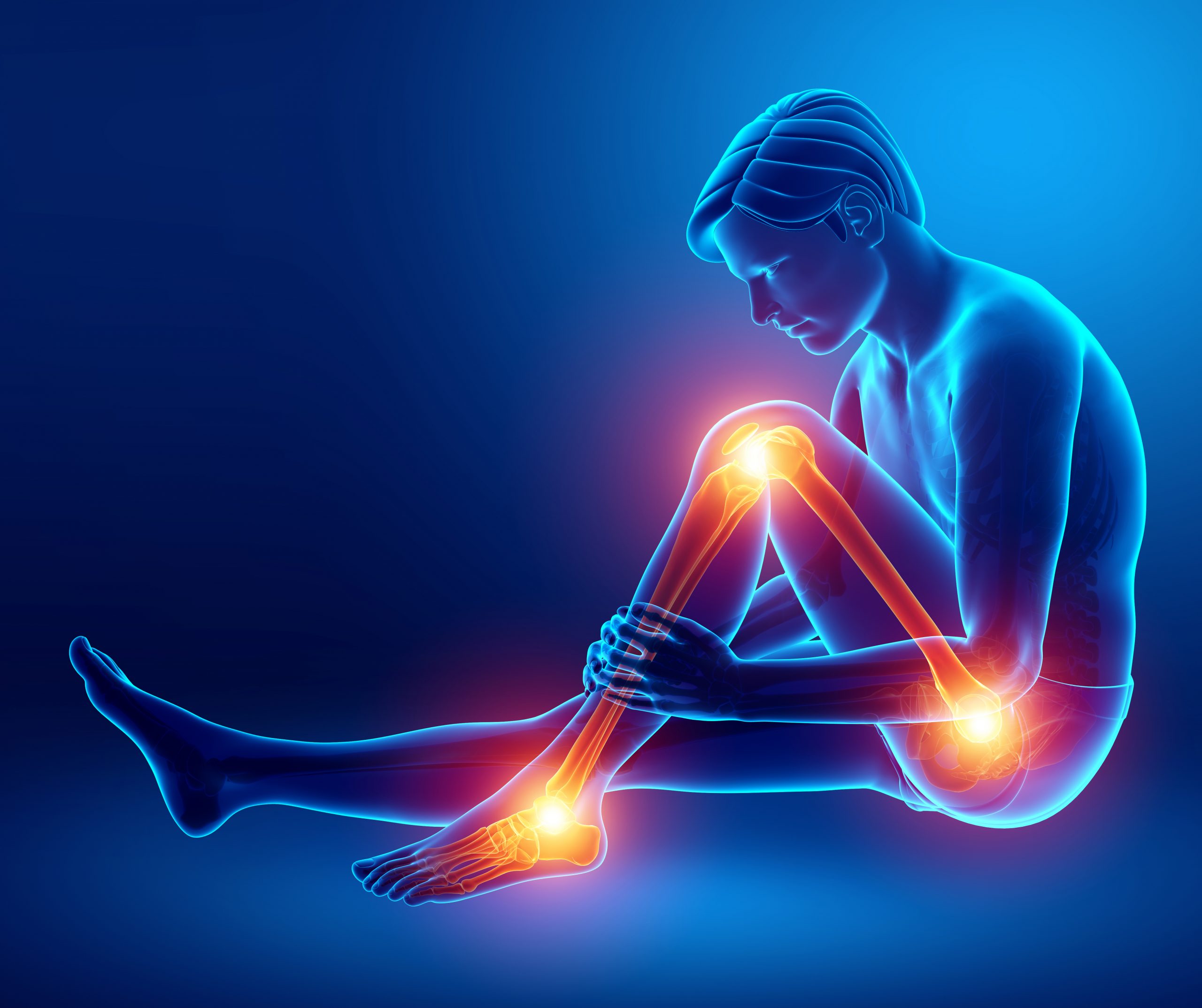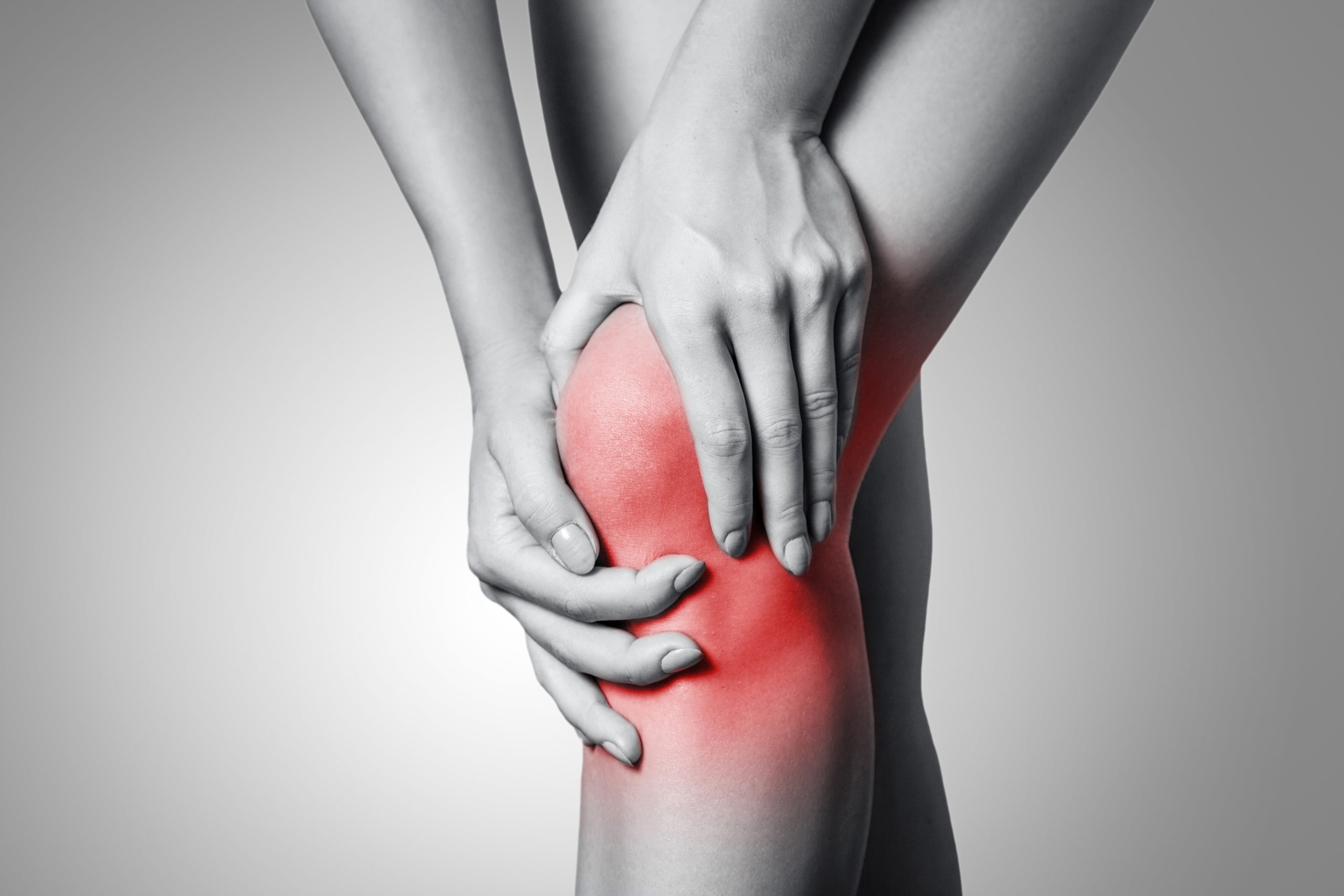Joint pain is a prevalent condition that can affect individuals of all ages and lifestyles. It can be a result of various factors, including injuries, medical conditions, and lifestyle choices. In this article, we will explore some of the common causes of joint pain to help you better understand the factors behind this discomfort.
- Osteoarthritis: Osteoarthritis is the most common form of arthritis and occurs when the protective cartilage that cushions the ends of bones wears down over time. This can cause joint pain, stiffness, and limited range of motion, especially in weight-bearing joints such as the knees, hips, and spine.
- Rheumatoid Arthritis: Rheumatoid arthritis is an autoimmune disease where the immune system mistakenly attacks the joints, leading to inflammation and joint pain. It commonly affects the small joints in the hands and feet and can cause swelling, stiffness, and deformity if left untreated.
- Injury or Trauma: Joint pain can result from acute injuries, such as fractures, sprains, or strains. These injuries can damage the structures within the joint, including ligaments, tendons, and cartilage, leading to pain, swelling, and limited joint mobility.
- Gout: Gout is a type of arthritis characterized by the buildup of uric acid crystals in the joints, most commonly in the big toe. It causes sudden and severe joint pain, redness, and swelling. Gout attacks can be triggered by certain foods, alcohol consumption, or underlying health conditions.
- Bursitis: Bursitis is the inflammation of the bursae, small fluid-filled sacs that cushion the joints and reduce friction. It commonly affects the shoulder, elbow, hip, and knee joints and can cause localized pain, tenderness, and swelling.
- Tendonitis: Tendonitis occurs when the tendons, which connect muscles to bones, become inflamed or irritated. Repetitive motions or overuse of a joint can lead to tendonitis, resulting in pain, stiffness, and weakness around the affected area.
- Osteoporosis: Osteoporosis is a condition characterized by the loss of bone density and strength, making the bones more susceptible to fractures. Fractures in the spine, hips, and wrists can cause significant joint pain and limit mobility.
- Infections: Infections can affect the joints and cause joint pain, swelling, and warmth. Bacterial, viral, or fungal infections can lead to conditions such as septic arthritis or Lyme disease, which can affect multiple joints and require prompt medical attention.
- Overweight or Obesity: Carrying excess weight puts additional stress on the joints, particularly the knees, hips, and ankles. Over time, this can lead to joint pain, inflammation, and an increased risk of developing conditions like osteoarthritis.
- Autoimmune Diseases: Autoimmune diseases, such as lupus or psoriatic arthritis, can cause joint pain and inflammation. These conditions occur when the immune system mistakenly attacks healthy tissues, including the joints, leading to chronic pain and swelling.
It is essential to seek medical evaluation and diagnosis if you experience persistent or worsening joint pain. A healthcare professional can conduct a thorough examination, review medical history, and order diagnostic tests to identify the underlying cause of the joint pain. Treatment options may include medications, physical therapy, lifestyle modifications, and, in some cases, surgical interventions.
In addition to medical interventions, adopting a healthy lifestyle can help manage joint pain. Regular exercise, maintaining a healthy weight, practicing good posture, and using proper techniques during physical activities can help reduce the risk of joint pain and maintain joint health.
Remember, everyone’s experience with joint pain is unique, and treatment plans












